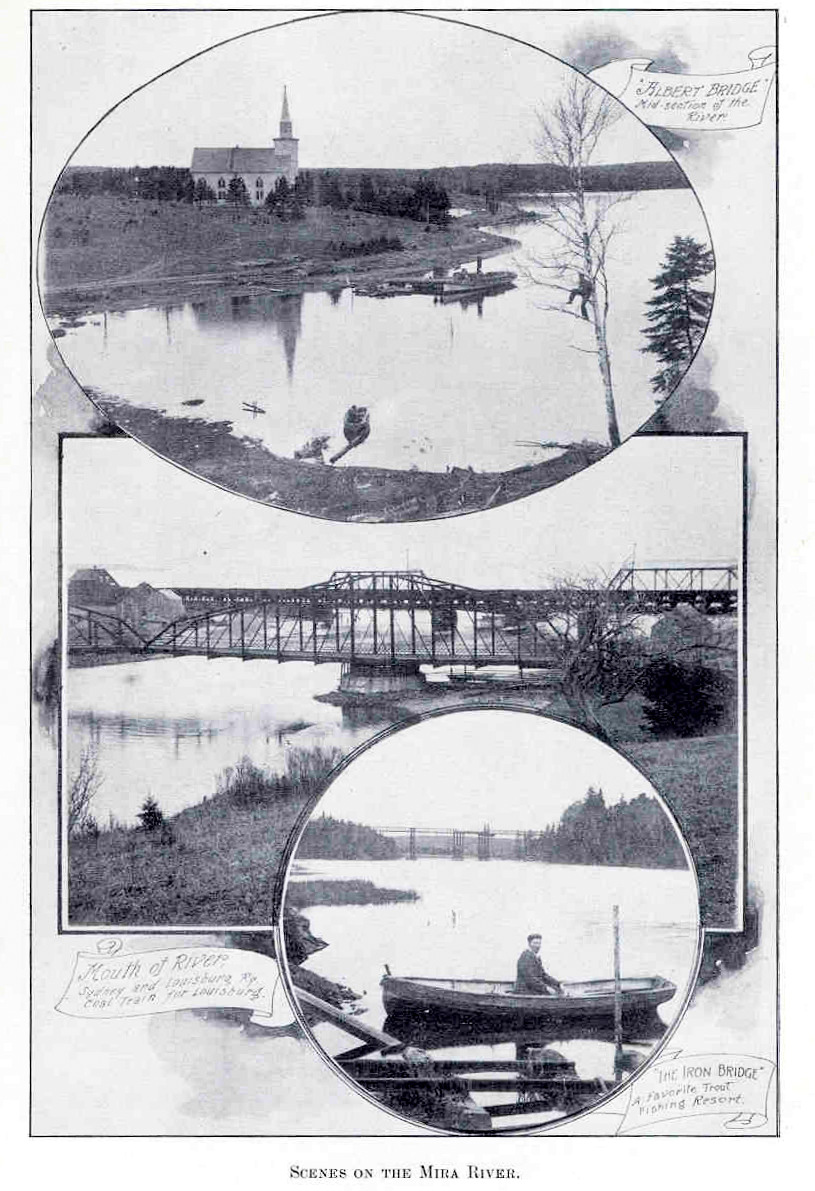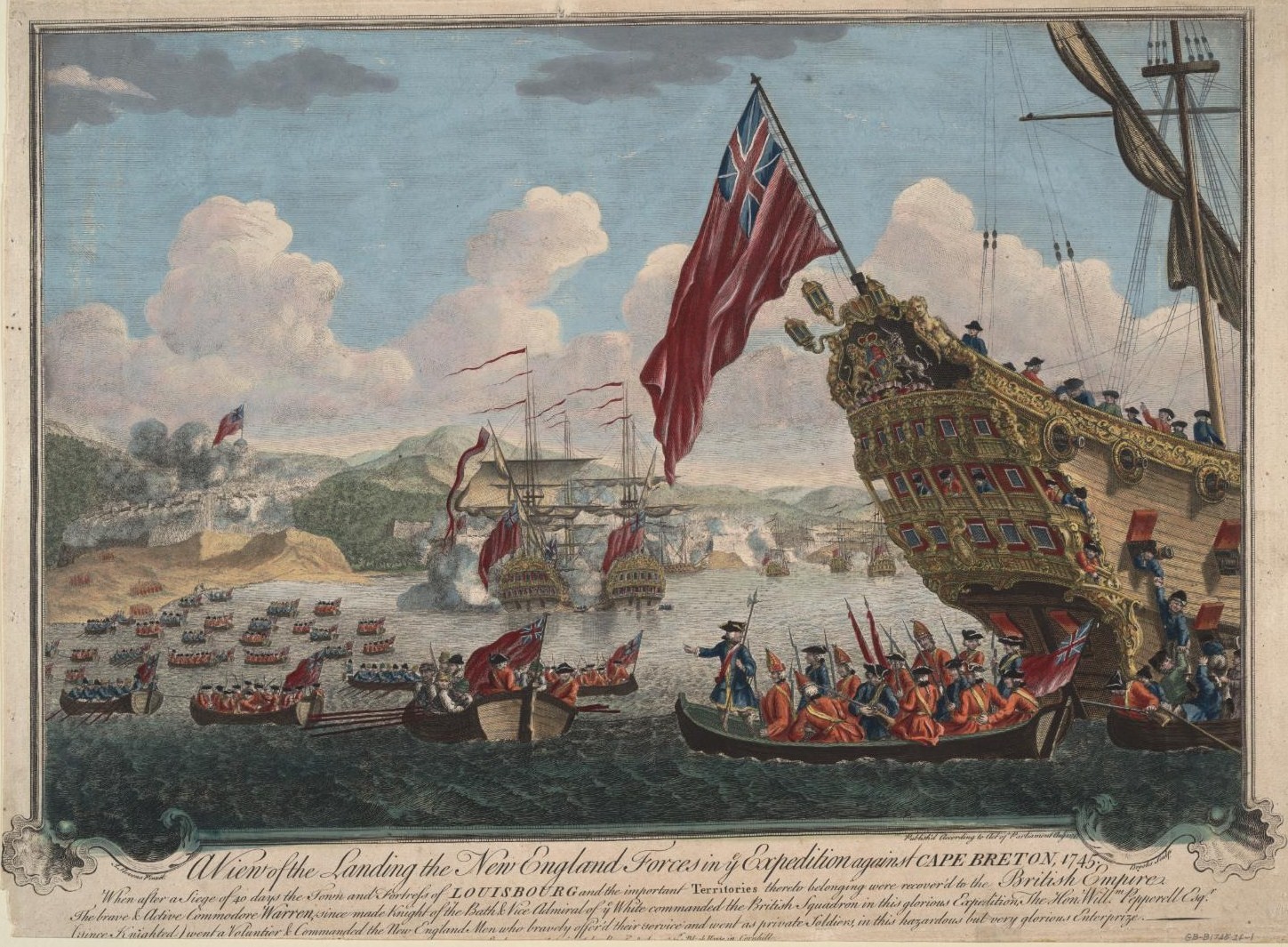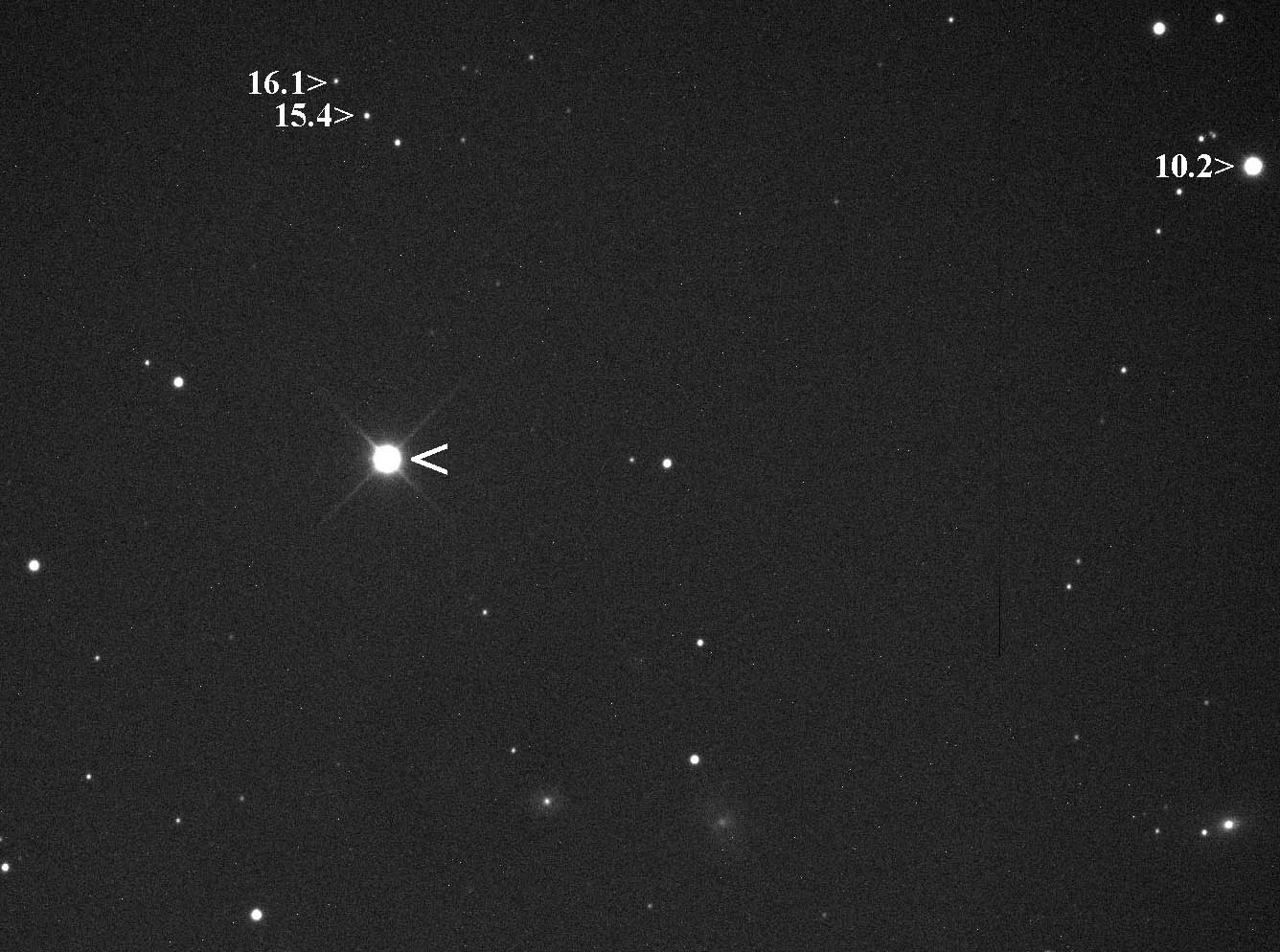|
Nova Scotia Trunk 22
Trunk 22 is part of the Canadian province of Nova Scotia's system of trunk highways. The route runs from Sydney to Louisbourg Louisbourg is an unincorporated community and former town in Cape Breton Regional Municipality, Nova Scotia. History The harbour had been used by European mariners since at least the 1590s, when it was known as English Port and Havre à l'An ..., a distance of . Trunk 22, which leaves Sydney to the southeast on George Street, is known over most of its route as the Mira Road. The route crosses the Mira River at Albert Bridge. Major intersections References 022 Roads in the Cape Breton Regional Municipality {{NovaScotia-road-stub ... [...More Info...] [...Related Items...] OR: [Wikipedia] [Google] [Baidu] |
Sydney, Nova Scotia
Sydney is a former city and urban community on the east coast of Cape Breton Island in Nova Scotia, Canada within the Cape Breton Regional Municipality. Sydney was founded in 1785 by the British, was incorporated as a city in 1904, and dissolved on 1 August 1995, when it was amalgamated into the regional municipality. Sydney served as the Cape Breton Island's colonial capital, until 1820, when the colony merged with Nova Scotia and the capital moved to Halifax, Nova Scotia, Halifax. A rapid population expansion occurred just after the turn of the 20th century, when Sydney became home to one of North America's main steel mills. During both the First and Second World Wars, it was a major staging area for England-bound Order of battle for Convoy SC 7, convoys. The post-war period witnessed a major decline in the number of people employed at the Dominion Steel and Coal Corporation steel mill, and the Nova Scotia and Canadian governments had to nationalization, nationalize it in 19 ... [...More Info...] [...Related Items...] OR: [Wikipedia] [Google] [Baidu] |
Louisbourg
Louisbourg is an unincorporated community and former town in Cape Breton Regional Municipality, Nova Scotia. History The harbour had been used by European mariners since at least the 1590s, when it was known as English Port and Havre à l'Anglois, the French settlement that dated from 1713. The French military founded the Fortress of Louisbourg in 1713 and its fortified seaport on the southwest part of the harbour, naming it in honour of Louis XIV. They did so by transplanting settlers there from the evacuated Terre-Neuve colony. The fortress was designed as a "major statement" on French commercial and military power in the ongoing rush to colonize North America. The settlement's development therefore took between 10 and 20 percent of France's total colonial budget from . The settlement was burned the first day the British landed during the Siege of Louisbourg (1745). The French were terrorized and abandoned the Grand Battery, which the British occupied the following day. ... [...More Info...] [...Related Items...] OR: [Wikipedia] [Google] [Baidu] |
Cape Breton Regional Municipality
Cape Breton Regional Municipality (often referred to as simply "CBRM") is the Provinces and territories of Canada, Canadian province of Nova Scotia's second largest municipality and the economic heart of Cape Breton Island. As of 2021 the municipality has a population of 93,694. The municipality was created in 1995 through the amalgamation of eight municipalities located in Cape Breton County. The region is home to a significant concentration of government services, social enterprise, and private sector companies, including the Canadian Coast Guard College, Cape Breton University, Nova Scotia Community College, NSCC Marconi campus, and New Dawn Enterprises. The rural areas of the municipality continue to host resource industries such as agriculture, fishing, mining, and forestry. CBRM is host to many cultural landmarks and institutions such as the historic Savoy Theatre, Glace Bay, Savoy Theatre, the Celtic Colours, Celtic Colours International Festival, the Cape Breton Centre for ... [...More Info...] [...Related Items...] OR: [Wikipedia] [Google] [Baidu] |
Canada
Canada is a country in North America. Its Provinces and territories of Canada, ten provinces and three territories extend from the Atlantic Ocean to the Pacific Ocean and northward into the Arctic Ocean, making it the world's List of countries and dependencies by area, second-largest country by total area, with the List of countries by length of coastline, world's longest coastline. Its Canada–United States border, border with the United States is the world's longest international land border. The country is characterized by a wide range of both Temperature in Canada, meteorologic and Geography of Canada, geological regions. With Population of Canada, a population of over 41million people, it has widely varying population densities, with the majority residing in List of the largest population centres in Canada, urban areas and large areas of the country being sparsely populated. Canada's capital is Ottawa and List of census metropolitan areas and agglomerations in Canada, ... [...More Info...] [...Related Items...] OR: [Wikipedia] [Google] [Baidu] |
Nova Scotia
Nova Scotia is a Provinces and territories of Canada, province of Canada, located on its east coast. It is one of the three Maritime Canada, Maritime provinces and Population of Canada by province and territory, most populous province in Atlantic Canada, with an estimated population of over 1 million as of 2024; it is also the second-most densely populated province in Canada, and second-smallest province by area. The province comprises the Nova Scotia peninsula and Cape Breton Island, as well as 3,800 other coastal islands. The province is connected to the rest of Canada by the Isthmus of Chignecto, on which the province's land border with New Brunswick is located. Nova Scotia's Capital city, capital and largest municipality is Halifax, Nova Scotia, Halifax, which is home to over 45% of the province's population as of the 2021 Canadian census, 2021 census. Halifax is the List of census metropolitan areas and agglomerations in Canada, twelfth-largest census metropolitan area in ... [...More Info...] [...Related Items...] OR: [Wikipedia] [Google] [Baidu] |
Mira River (Nova Scotia)
The Mira River ( ) is a Canadian river located in eastern Cape Breton Island, Nova Scotia. With a meander length of approximately , the Mira has a very slow flow rate. The river's source is traced to a series of lakes clustered around Victoria Bridge near the boundary with Richmond County. It is also fed by the Salmon River. Flowing past the communities of Marion Bridge and Albert Bridge, the river discharges through the "Mira Gut" at the community of the same name into the Mira Bay. The river occupies a trench arching from southwest to northeast across the southern part of Cape Breton County; much of the eastern part of the river is a tidal estuary, with noticeable tides extending beyond Albert Bridge approximately upstream of the Gut. Name The Mi'kmaq name for the river was 'Sookakade,' meaning 'the silver-place.' One version of source of the river's name is that it was named after a French officer, Lieutenant M. de Mire, in the year 1746. Another source gives the name ... [...More Info...] [...Related Items...] OR: [Wikipedia] [Google] [Baidu] |
Albert Bridge, Nova Scotia
Albert Bridge (2001 pop.: 159) is a Canadian rural community in Nova Scotia's Cape Breton Regional Municipality. Situated on both sides of the Mira River, the community was previously named Mira Ferry for the location of a small ferry crossing the river. It received its present name either in honour of Prince Albert, Prince Consort, or after Albert Munro, the son of William Henry Munro, Nova Scotia's representative in the British Parliament who used his influence to have the ferry replaced with a bridge in 1849. Activities and nearby attractions The community's economy is tied to seasonal residents of cottages in the area and recreational activities on the Mira River during the summer months, including swimming, boating, and canoeing. The northwestern portion of Albert Bridge—the eponymous bridge built in the 1970s to replace an older structure that crossed the Mira River—is a popular platform for bridge diving and jumping into the water below; though, this activity is offi ... [...More Info...] [...Related Items...] OR: [Wikipedia] [Google] [Baidu] |
Fortress Of Louisbourg
The Fortress of Louisbourg () is a tourist attraction as a National Historic Sites of Canada, National Historic Site and the location of a one-quarter partial reconstruction of an 18th-century Kingdom of France, French fortress at Louisbourg, Nova Scotia, Louisbourg on Cape Breton Island, Nova Scotia. Its two sieges, especially that of 1758, were turning points in the Anglo-French struggle for what today is Canada. The original settlement was founded in 1713 by settlers from Terre-Neuve (New France), Terre-Neuve, and initially called Havre à l'Anglois. Subsequently, the fishing port grew to become a major commercial port and a strongly defended fortress. The fortifications eventually surrounded the town. The walls were constructed mainly between 1720 and 1740. By the mid-1740s Louisbourg, named for Louis XIV of France, was one of the most extensive (and expensive) European fortifications constructed in North America. The site was supported by two smaller garrisons on Île Royale ... [...More Info...] [...Related Items...] OR: [Wikipedia] [Google] [Baidu] |
Nova Scotia Provincial Highways
A nova ( novae or novas) is a transient astronomical event that causes the sudden appearance of a bright, apparently "new" star (hence the name "nova", Latin for "new") that slowly fades over weeks or months. All observed novae involve white dwarfs in close binary systems, but causes of the dramatic appearance of a nova vary, depending on the circumstances of the two progenitor stars. The main sub-classes of novae are classical novae, recurrent novae (RNe), and dwarf novae. They are all considered to be cataclysmic variable stars. Classical nova eruptions are the most common type. This type is usually created in a close binary star system consisting of a white dwarf and either a main sequence, subgiant, or red giant star. If the orbital period of the system is a few days or less, the white dwarf is close enough to its companion star to draw accreted matter onto its surface, creating a dense but shallow atmosphere. This atmosphere, mostly consisting of hydrogen, is heated by ... [...More Info...] [...Related Items...] OR: [Wikipedia] [Google] [Baidu] |




